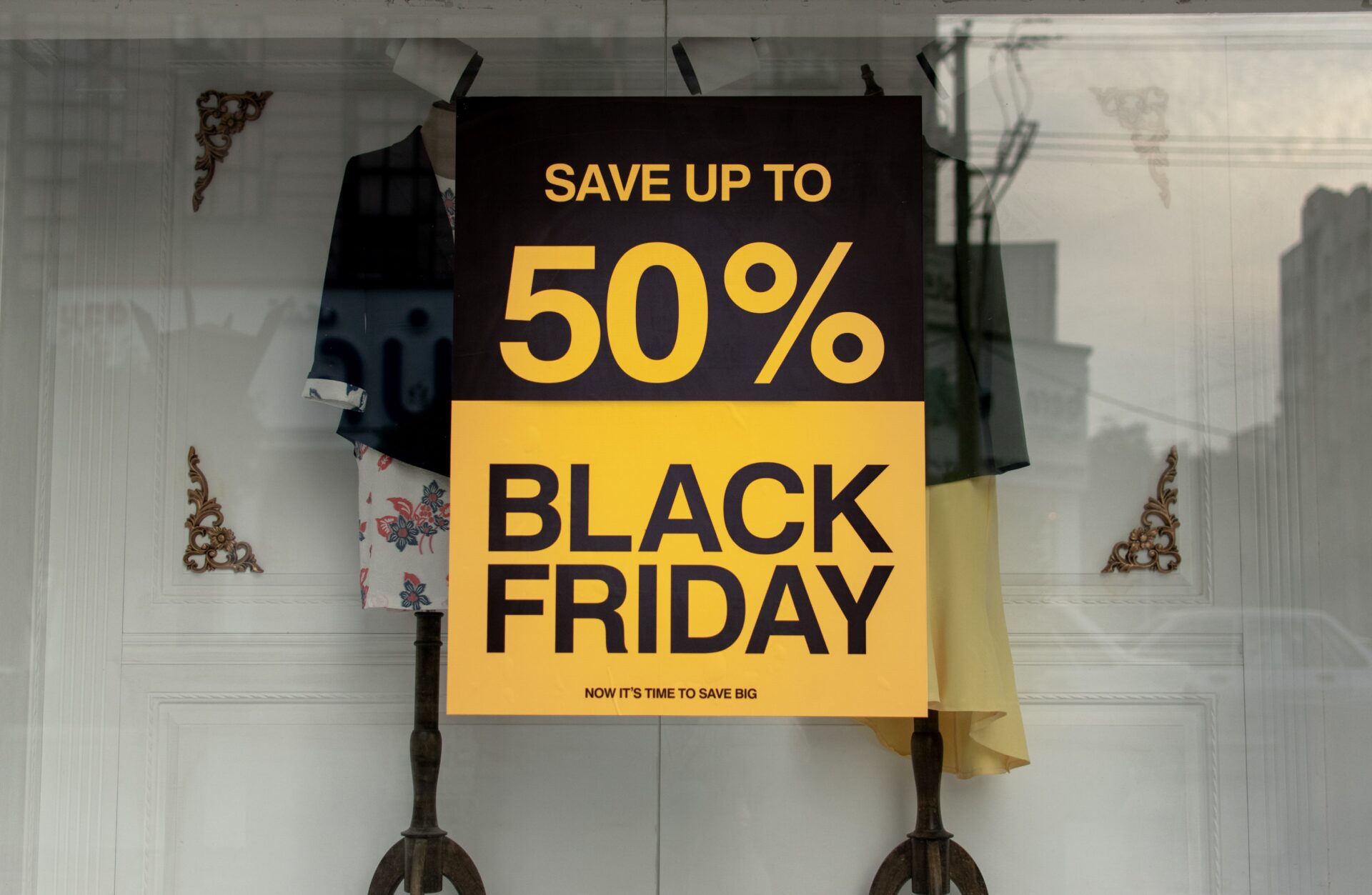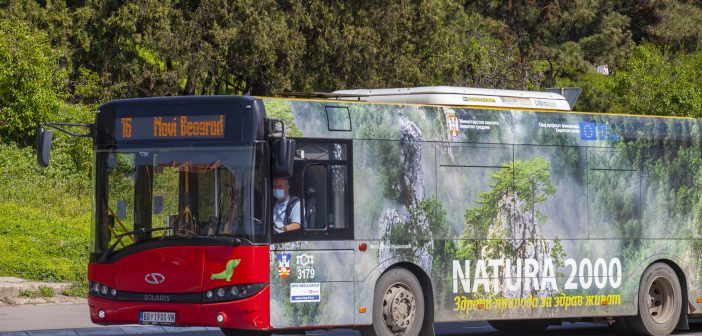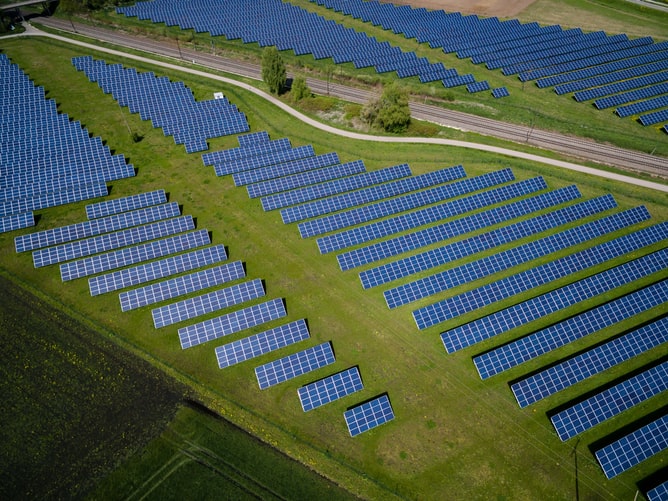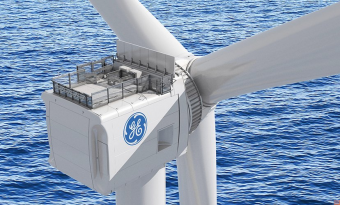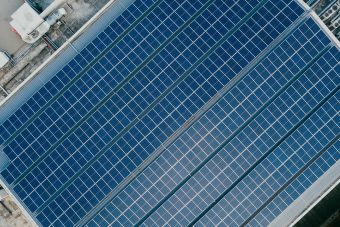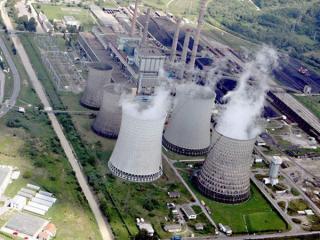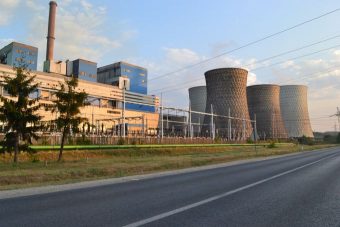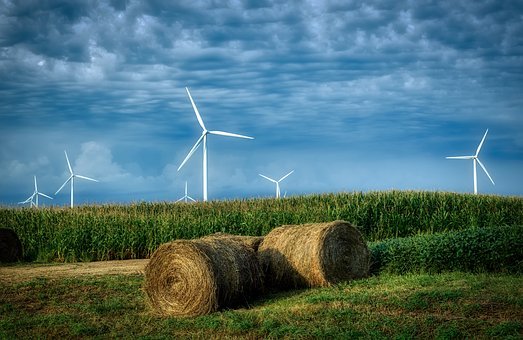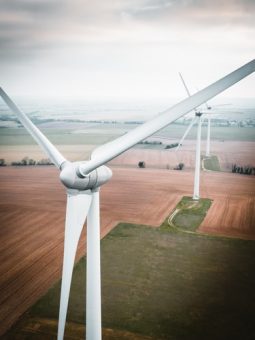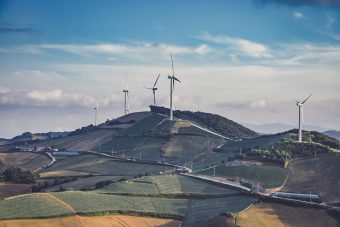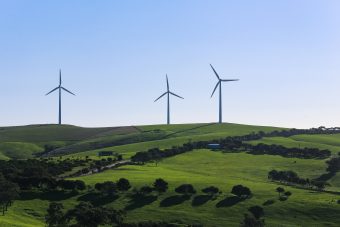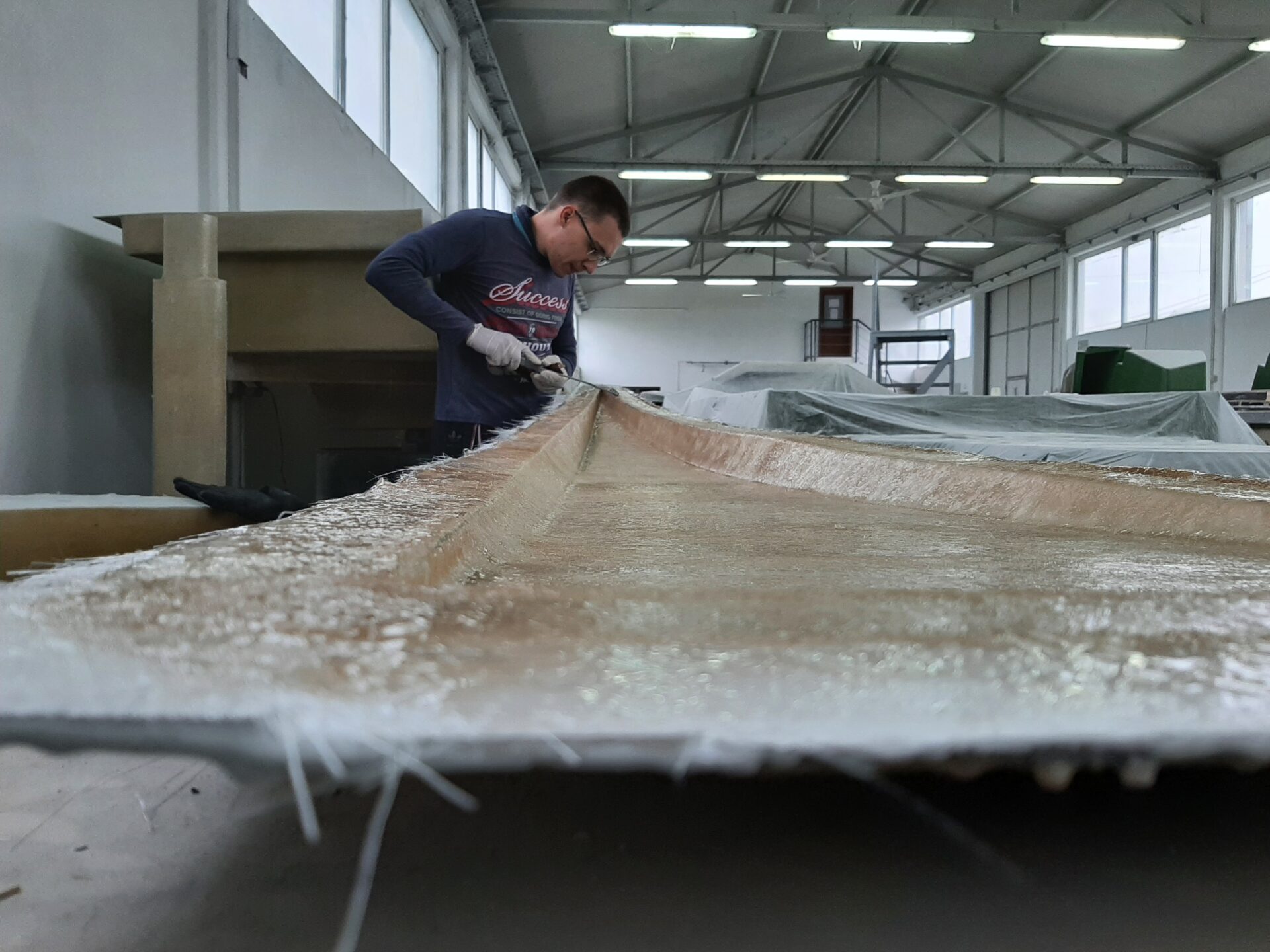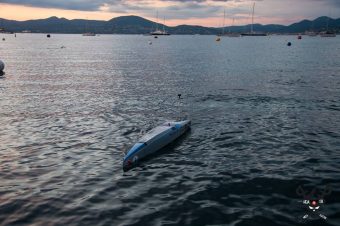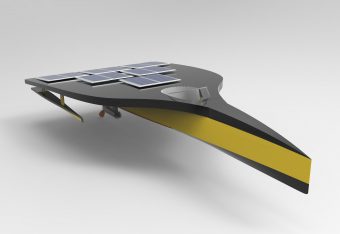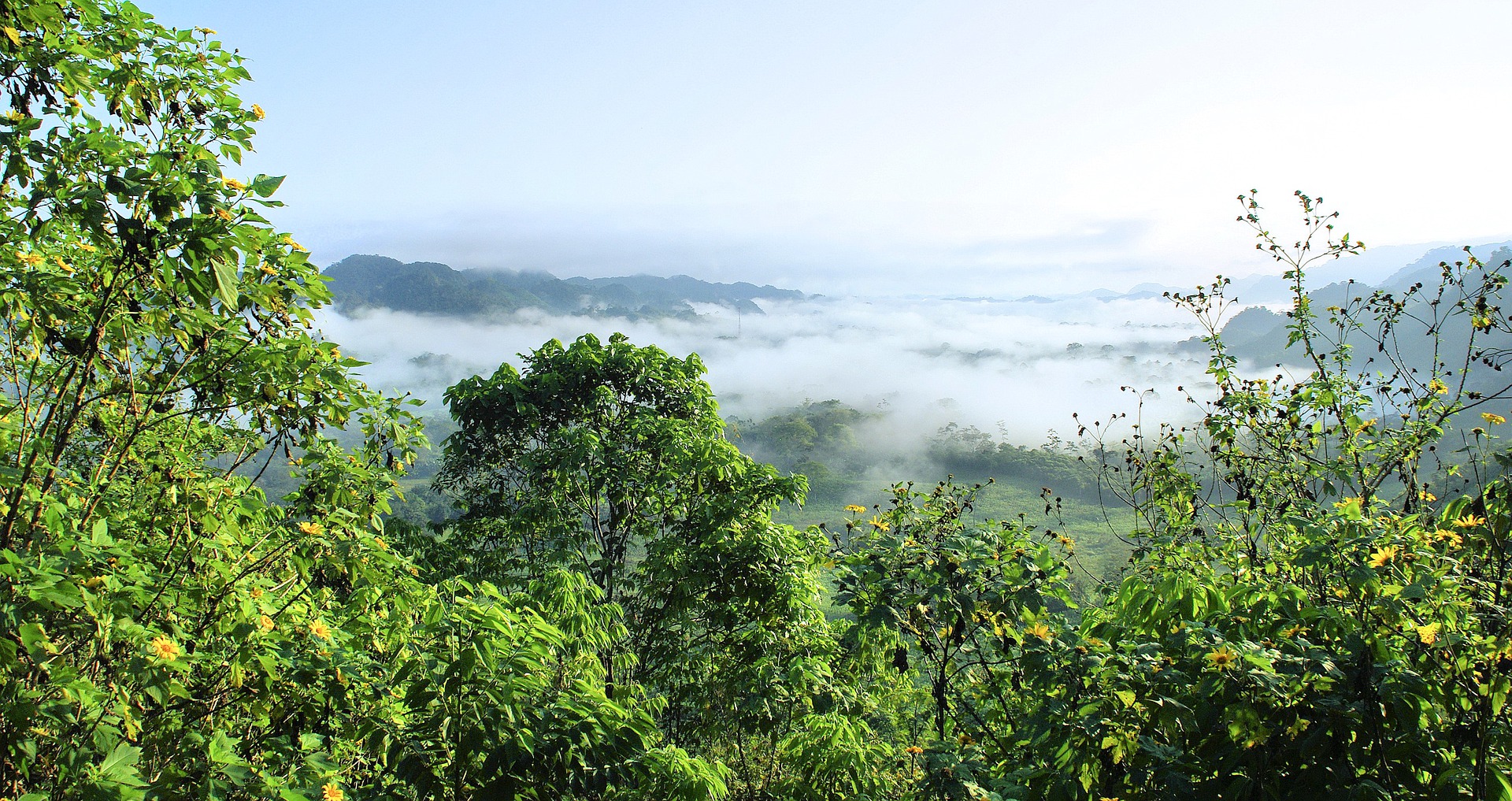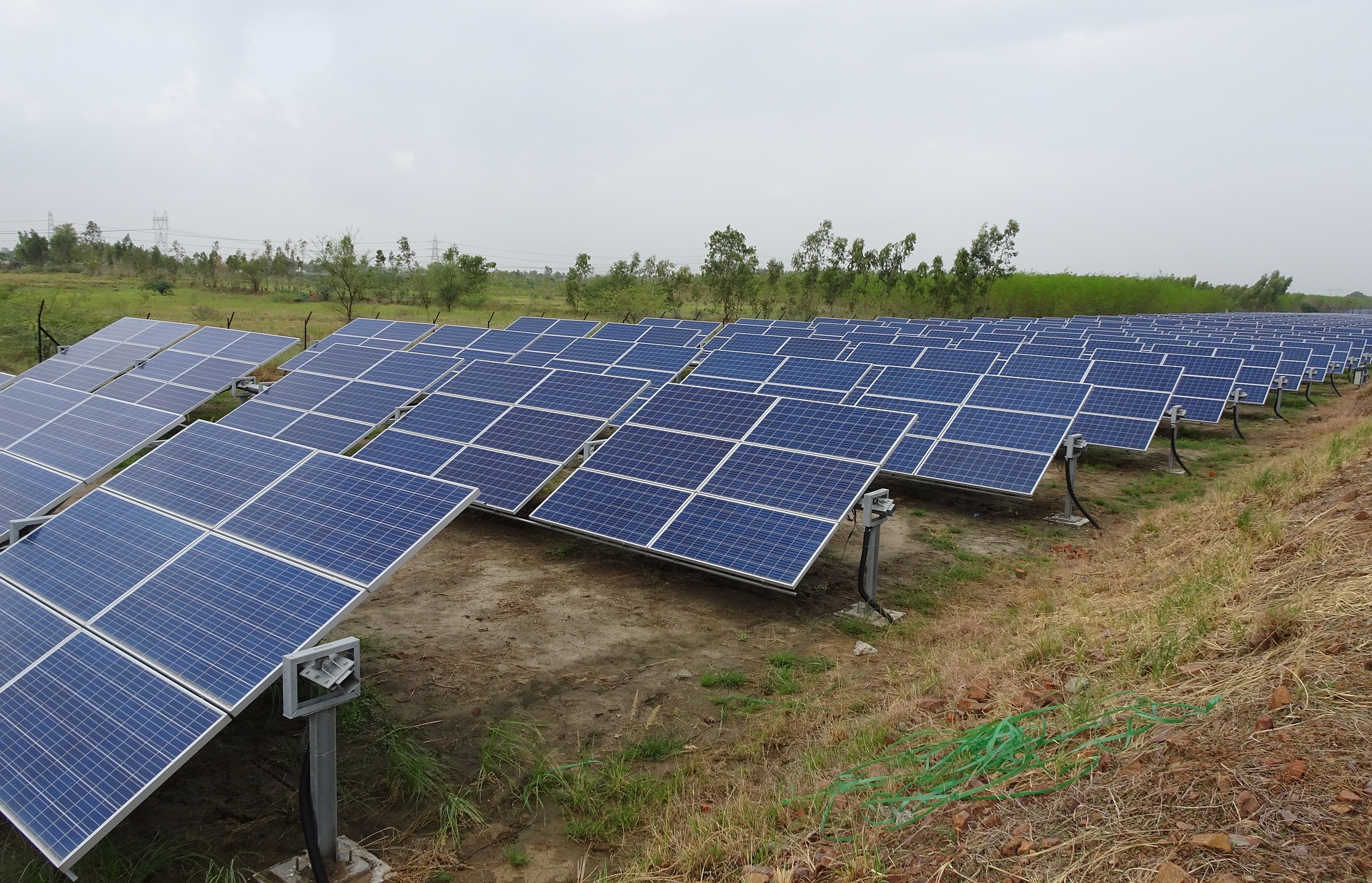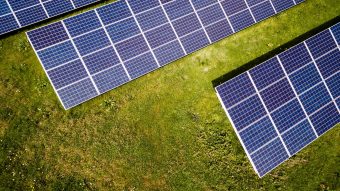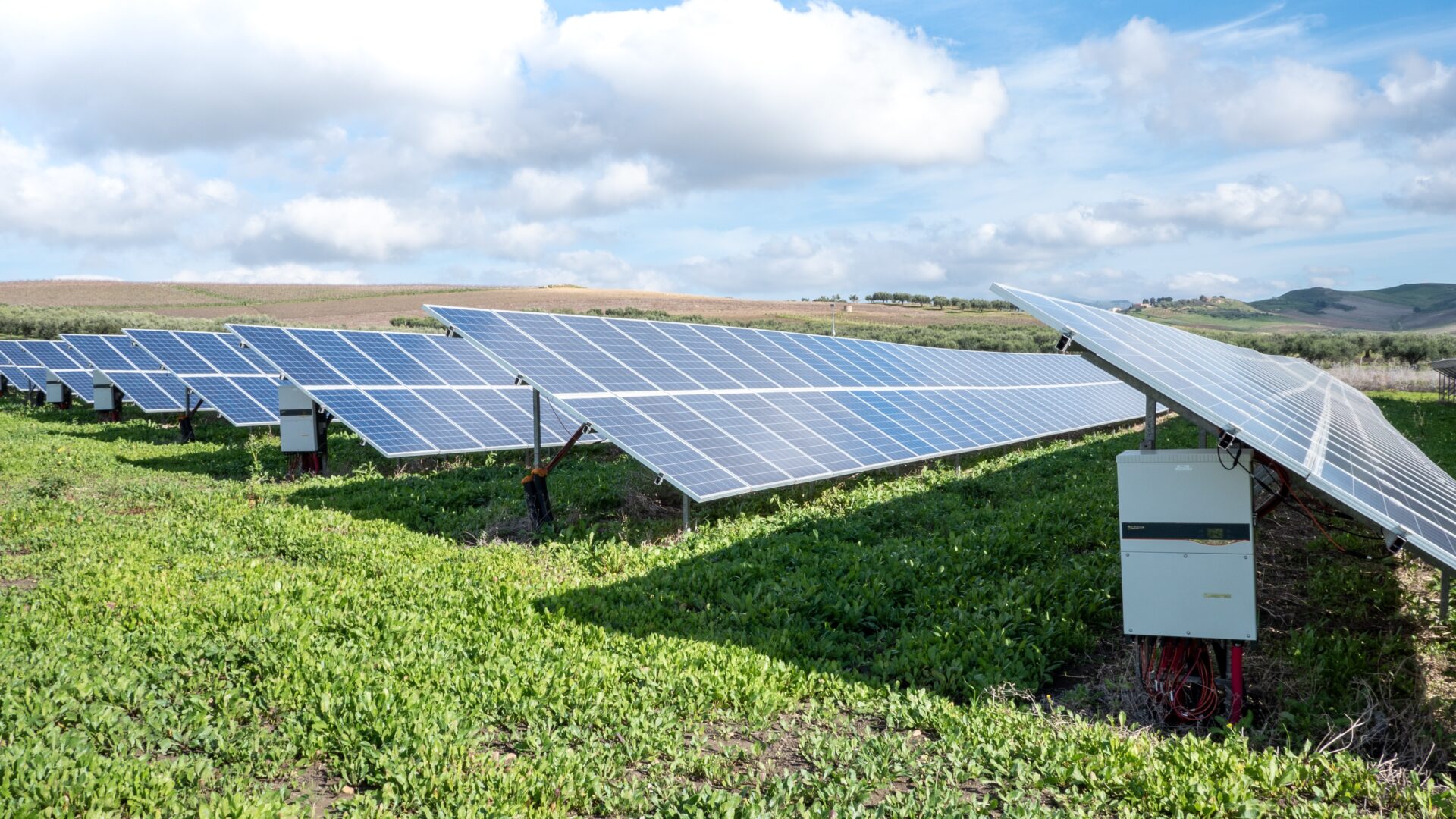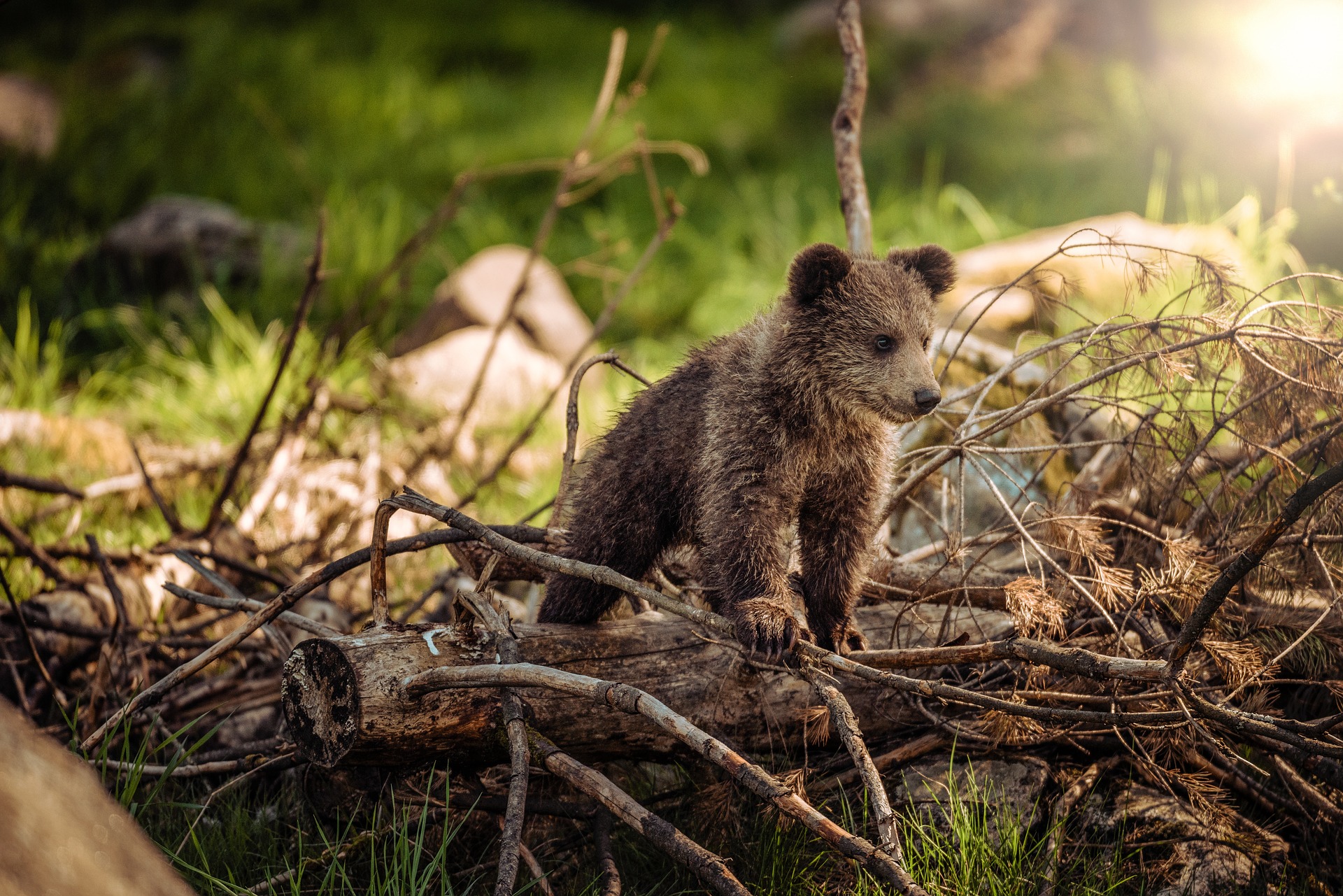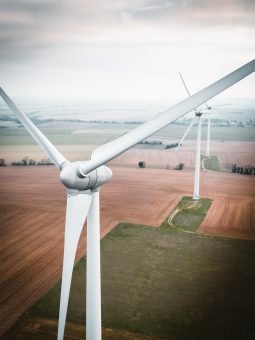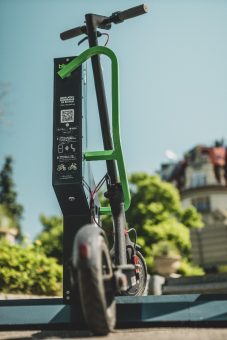
The European Bank for Reconstruction and Development (EBRD) has successfully participated in a debut green bond issuance by Noval Property in Greece, with an investment of 12 million euros of the total 120 million euros offering.
Noval Property is the second-largest real estate investment company in Greece in terms of assets, with a current portfolio of 43 commercial properties valued at 390 million euros. It is also a subsidiary of Viohalco.
Noval Property’s green bond, which is listed on the Athens Stock Exchange, is aligned with the International Capital Market Association’s (ICMA) Green Bond Principles, and will help strengthen corporate climate governance, while supporting transparency and integrity in the development of the local green capital market.
The issuance advances Noval Property’s strategy to scale up by providing funding to pursue new investments and property developments, while diversifying its funding sources and restructuring its balance sheet.
More:
As part of the project, Noval Property has committed to invest the EBRD’s proceeds in financing green-certified assets, achieving at least LEED “Gold” or BREEAM “Very Good” certification.
Vlaho Kojakovic, EBRD Head of Property and Tourism, said: “We are very excited to support Noval Property in its inaugural step to access the green debt capital markets and in widening its investment portfolio. Noval Property will be pursuing a promising pipeline of sustainable green-certified buildings, which are currently in limited market supply, ultimately supporting the decarbonisation of the building sector in Greece.”
Panagiotis Kapetanakos, CEO of Noval Property, commented: “Noval Property is committed to green buildings and sustainable development. The proceeds from this issue will help us further enrich our green-certified portfolio by progressing our captive development pipeline and capitalising on suitable investment opportunities in the market. We are very happy and honoured that the EBRD shared our vision and supported this issue.”
To date the EBRD has invested approximately 5.1 billion euros in more than 80 projects in the corporate, financial, energy and infrastructure sectors of the Greek economy.
Source: EBRD





